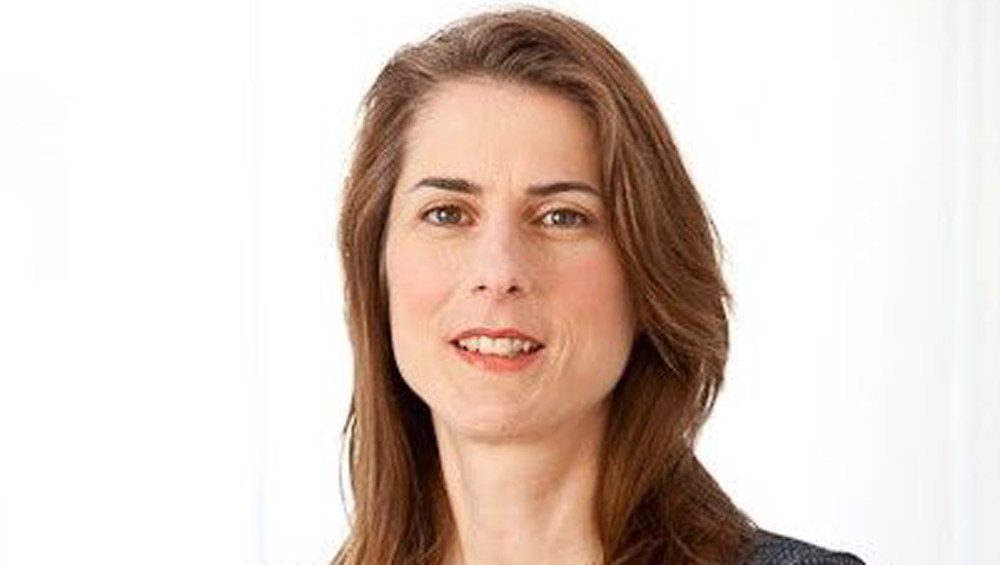
Recent ATSC 3.0 Developments Underscore Both Progress And Growing Pains

Headlines and predictions about ATSC 3.0 are raising good questions about what is happening with deployment of the next-generation broadcasting standard and support for NextGen TV across the growing ecosystem of consumer devices in the U.S.
Many TVNewsCheck readers may have seen a recent brief FCC filing from LG Electronics about a patent dispute with a company that is claiming its technology is being infringed. As a result, LG has told the FCC that it intends to suspend inclusion of ATSC 3.0 electronics in its 2024 U.S. market TV product line.
While ATSC cannot comment on the specifics of the LG case, we trust that all parties involved are actively pursuing solutions to bring the benefits of next-generation broadcasting on future LG television models to U.S. audiences. The impact of this patent situation is likely very limited, according to one prominent electronics industry market analyst.
Every technology transition has its challenges. That’s normal. It’s a testament to the value of the technology that our collective efforts have brought ATSC 3.0 so far in such a relatively short period of time. Licensing discussions and arrangements are part of the process. ATSC is optimistic that the latest licensing issue will be resolved.
The work of the Advanced Television Systems Committee is a collaborative effort, with hundreds of volunteers representing many varied interests working to develop standards for broadcasting. In the process of setting standards, participants in our process are required to adhere to all ATSC policies — including its patent policy. Typically, technology owners work together to develop licensing programs that offer access to inventions that benefit the public and they also encourage the broad deployment of equipment that operates within the standardized system.
Meanwhile, broadcasters in the New York City market are pushing ahead with plans to launch two ATSC 3.0 host stations in the nation’s largest media market. Public broadcaster WNET and Nexstar’s WPIX are about to flip the switch. This is excellent news, and a great way to kick off the upcoming NAB Show New York. The launch of service in New York will push NextGen TV service to over 70% of U.S. audiences — a remarkable milestone for a voluntary transition. Other ATSC 3.0 U.S. market transitions are on the drawing board, even as additional transmitters are planned for some markets that already have a single host station.
The first of the set-top receivers to carry the NextGen TV mark, and feature verified security, recently shipped to pre-order customers. (I got mine!) More are on the way. The consumer technology industry itself is on course to have shipped a cumulative 10 million ATSC 3.0 receivers in the U.S. by the end of this year. Again, that’s remarkable for a voluntary launch — far faster than any other technology deployment I can recall.
Many companies have already linked arms to develop the ATSC 3.0 standard; establish content security, launch next-generation broadcasting reaching most of the U.S. and South Korea plus major cities in Jamaica; bring to retail millions of receivers; and now introduce affordable devices for those who choose to upgrade.
The world’s most flexible Internet Protocol-based broadcast standard is on-air in South Korea, Jamaica and the U.S., with several other countries now planning to implement elements of the standard we’ve developed together.
So, I think that perspective is important.
Thousands of people around the globe are working to deliver a more immersive, impressive, and spectrum-efficient wireless broadcasting service for the benefit of innovators, technology companies, broadcasters, and consumers alike.
Madeleine Noland is president of the Advanced Television Systems Committee.
































Comments (0)